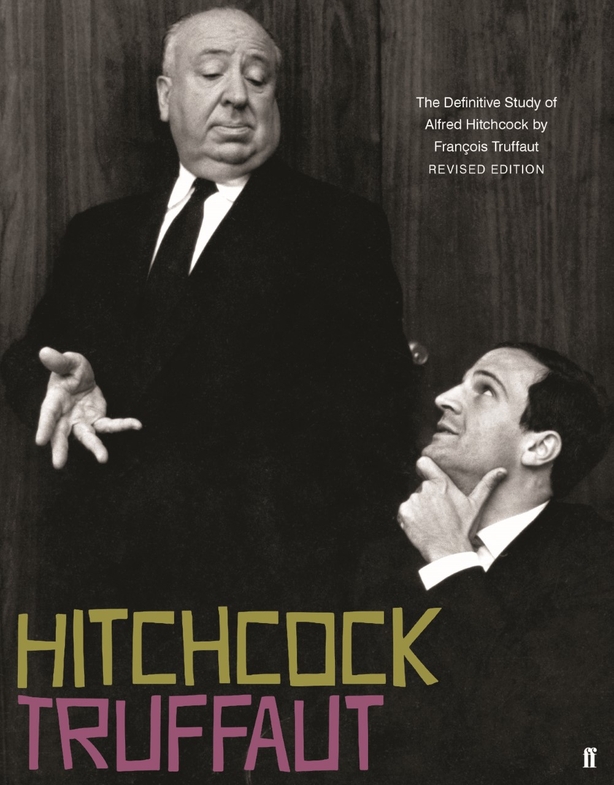The brilliant French director Francois Truffaut (1932-1984) first interviewed his equally illustrious idol, Alfred Hitchcock (1899-1980) in 1955 for the magazine Cahiers de Cinema.
Eager to meet him again in 1962, the Frenchman wrote to the veteran director expressing his wish to ask him some 500 questions solely concerning his career. Hitchcock agreed and the result was this fascinating series of interviews, recently the subject of an acclaimed documentary.
The original book of interviews was published in 1966 and offered an illuminating portrait to the cinema-going public of the man who had been, until then, the relatively mysterious director of successful suspense films such as Psycho and The Birds.
The erudite but unstuffy conversations between both men also revealed that Hitchcock was a director of supreme technical wizardry, albeit one whose creative vision was not easily realised, being rather the product of great effort and concentration.
A revised edition appeared in France in 1983, published in English the following year (Interestingly, both directors are credited authors). In the preface to that revised edition, Truffaut recalled a memorial Mass in a small church on Santa Monica Boulevard in Beverly Hills, shortly after his friend’s funeral in 1980.

'There was no coffin – it had been removed to an unknown destination. The guests, who had been invited by telegram, were checked in at the door by Universal’s security men. The police kept the crowds outside at bay.'
Truffaut had written of a man who lived only through and for his work, so that the end of film-making for him was akin to a death sentence: 'He knew it as well as everybody else, and this is why the last four years of his life were so sad.'
'The man was dead, but not the film-maker,' wrote Truffaut. Reproduced once again in this stylish, 367-page book are not just the transcripts of the conversations, but a wealth of stills from classic films like Vertigo, North By Northwest and Saboteur. Hitchcock's own cameo appearances also feature - he can be spotted somewhere in each of his 50-plus movies. There are candid snapshots too of the two directors talking together, gesturing, absorbed, bemused, in their neat dark suits, white shirts and dark ties.
It may well be that Hitchcock influenced the younger man not just in the craft of film-making, but also in sartorial style.







